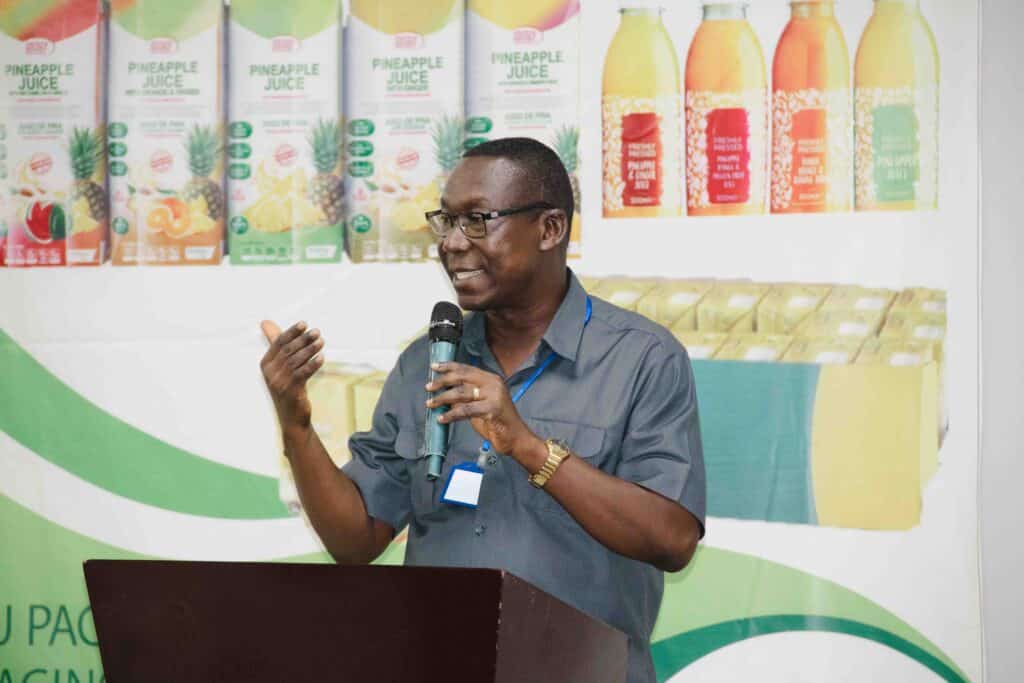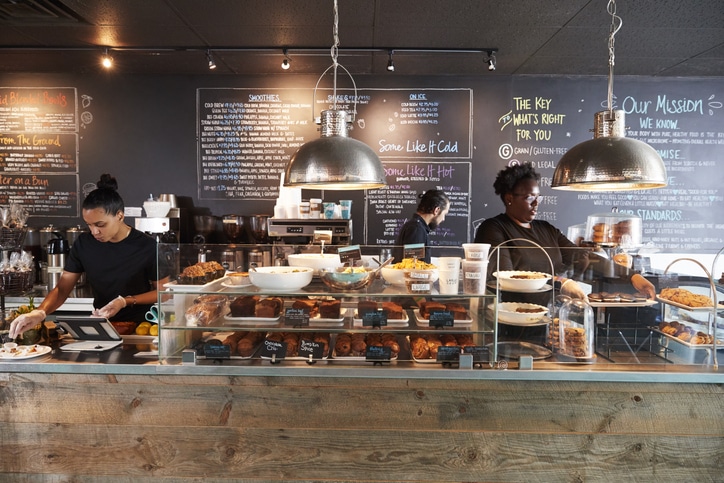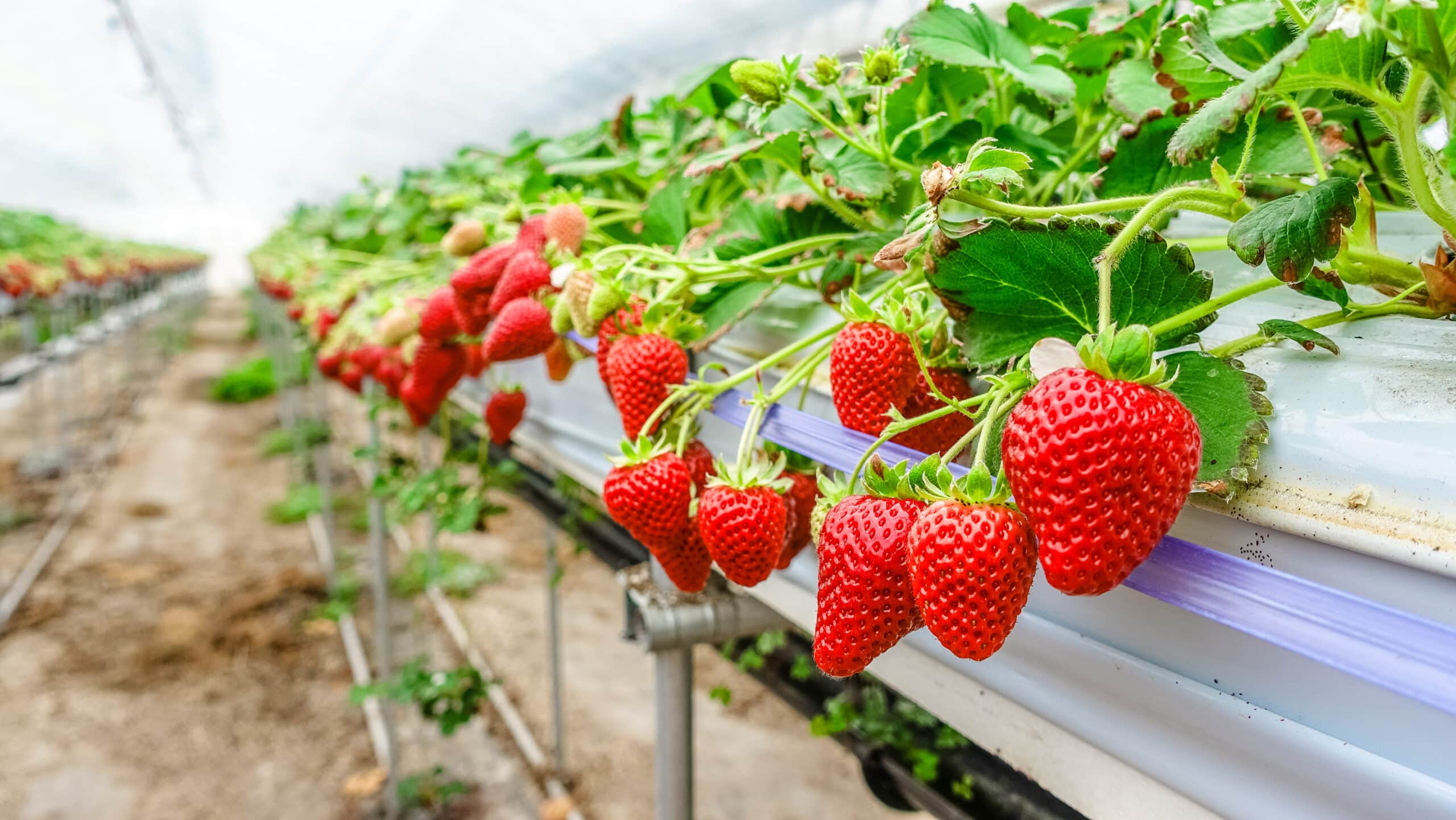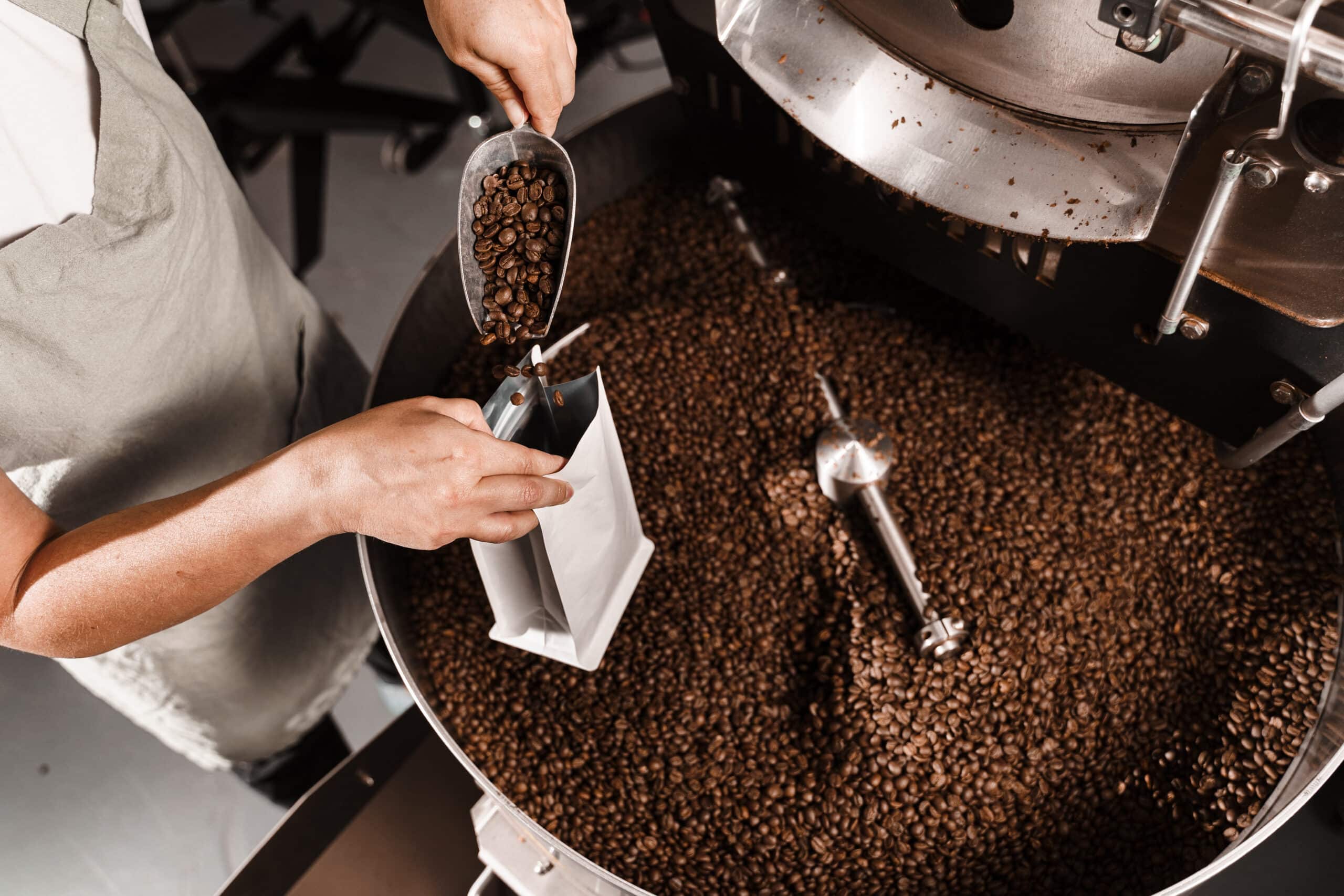Saudi Arabia has made remarkable strides in building a resilient, future‑proof food supply chain, but soaring temperatures make the latter stages of route-to-market delivery challenging. The Kingdom’s response to this situation has taken the form of record upstream investment: multi‑billion‑riyal logistical hubs, deep‑water container terminals fitted with reefer plugs, and a fast‑growing web of inland cold stores. But with 35% of the country’s food waste occurring after products enter the last mile of the distribution chain, is this investment enough to ensure Saudi food security?
The following article argues that the urban last mile is now the most significant route to market constraint for the Kingdom. Until temperature-controlled fulfilment within cities matches the efficiency of the intercity cold chain, the strategic aims of Vision 2030 may be difficult to achieve.
Upstream efficiency, downstream chokepoints
Saudi Arabia’s route to market strategy is rightly celebrated for its scale and efficiency. The National Transport and Logistics Strategy has overseen the implementation of 22 integrated logistics hubs, with another 37 set for completion by 2030. Port upgrades have lifted Jeddah’s reefer throughput at a compound rate of 8% per annum, and private investors continue to add cubic capacity at a rapid rate.
However, urban last‑mile assets have not expanded at the same pace. Riyadh, Jeddah, and Dammam together host fewer than two dozen temperature-controlled micro‑distribution centres (MDCs) for grocery fulfilment. Many of these act as a proof of concept rather than full‑scale facilities. By contrast, London, which serves a similar metropolitan population (albeit at a milder climate), operates over fifty MDCs for food e-commerce.
The mismatch is most visible during peak demand windows such as Ramadan. Large volumes arrive flawlessly at inland hubs, only to bottleneck at city gates as delivery vans, storage slots, and human capital struggle to absorb the surge while keeping products at their required temperatures. For every degree above the recommended threshold that food is stored, bacterial growth accelerates, diminishing shelf life, quickly turning fresh imported produce into discount‑racked inventory – or outright waste
Quantifying the urban loss gap
Reliable national data on temperature-related urban spoilage is scarce, but multiple proxy indicators converge at a persistent loss ratio of ~30–40% for perishable foods. A 2024 FAO‑aligned study put overall food loss and waste in Saudi Arabia at 33%, with distribution and retail accounting for the largest single share of the losses. Similarly, fieldwork by the Gulf Food Cold Chain Council estimates that 35% of poultry, dairy, fruit, and vegetable losses occur after the product enters metropolitan transport loops.
The financial hit is substantial. If a third of the nation’s SAR 50 billion annual food food waste bill is traceable to last-mile cold chain failure, then SAR 15 billion worth of food evaporates each year over those last few kilometres. The knock-on effects are considerable. Consumers pay a hidden premium while receiving less fresh produce, producers absorb charge‑backs, distributors face higher insurance premiums to cover temperature‑excursion claims, and critically, the state pays more to subsidise strategic imports.
Nutritionally, the cost is harsher still. Spoilt produce displaces high‑value proteins and micronutrients from diets at precisely the time Vision 2030 targets higher domestic consumption of fish, poultry, and fresh vegetables. In this way, weak last‑mile cold chain infrastructure directly undermines efforts to reduce obesity and non-communicable diseases by limiting the availability of nutrient-dense foods.
Why mega‑hubs cannot close the last mile gap on their own
Planners often assume that enlarging upstream facilities creates a trickle‑down effect that solves last‑mile route-to-market weaknesses. Two arguments underpin this belief. The first is that bigger hubs supposedly achieve economies of scale that lower unit costs across the chain, freeing capital for distributors and retailers to upgrade facilities downstream. The second suggests many imported perishables are already “deep‑frozen” or pre‑chilled at source, implying modest thermal risk during short transportation and delivery cycles.
Both claims overlook urban realities. Riyadh traffic congestion routinely extends delivery times. Every additional stoplight or kerbside wait shrinks capacity for safe delivery within the critical temperature-controlled window and dramatically elevates the risk of spoilage. Moreover, ambient spikes above 45°C mean that even a three-minute unload at a mini-mart can send pulp temperature for produce (like leafy greens) over 10°C, triggering irreversible quality loss.
In short, large-scale hubs deliver operational efficiency but cannot address city centre infrastructural constraints such as limited docking facilities, restricted delivery windows, and suboptimal delivery density. These challenges require location-specific investments, detailed operational data, and customised delivery models. Without these downstream components, upstream facility investments may fail to deliver expected returns.
Bespoke urban solutions
Micro‑fulfilment centres have been shown to cut delivery lead time by up to 45% compared with depot‑to‑home dispatch. They position inventory closer to consumers, typically serving a three‑kilometre or 15‑minute radius, and feature specialised zoning for ambient, chilled, and frozen products.
In addition to micro-fulfilment centres, many operators are upgrading delivery fleets with battery-electric refrigerated vehicles. These vehicles utilise electric power, allowing them to maintain target temperatures even when the vehicle is stationary, reducing temperature fluctuations and compressor failures which are common when subjected to extreme heat.
At the same time, companies are pairing new physical infrastructure with intelligent coordination systems. Advancements in IoT sensors enable transporters to transmit real-time temperature, humidity, and open-door data to control towers. This thermal data coupled with AI-enabled route planning and congestion forecasts can trigger corrective actions to maintain cold chain integrity throughout the delivery process. Initial reports suggest that operators using this procedure can reduce cold chain incidents by as much as 30%.
When used in combination, these three forces can create a fundamentally different last-mile route-to-market infrastructure which is more resilient and efficient.
Strategic implications for boards and policymakers
Improving urban cold chain capabilities is fast becoming a competitive, financial, and regulatory imperative for many stakeholders. The Saudi Food and Drug Authority is introducing stricter rules on transport temperatures, vehicle labelling, and driver training. From 2025‑26, spot checks will increase, raising the risk of fines or product disposal for operators that have not upgraded vehicles and data systems.
Producers and importers must either build their own last‑mile cold fleets or negotiate tough service‑level agreements that shift temperature control risks to logistics partners. Early movers should be able to achieve more favourable terms and lock in long‑term exclusive distribution and warehousing contracts. Large integrated players like Almarai are already benefiting from such moves.
Companies that delay upgrading their networks and infrastructure will likely face mounting compliance costs, operational disruptions, and market share losses as regulatory enforcement intensifies. Failure to address last-mile cold chain gaps could also undermine the Kingdom’s wider food security goals if inefficient urban distribution networks stifle the availability of fresh and frozen foods nationwide.
Turning the last mile into the strongest link
Despite its commendable strides in strengthening its food supply chain, Saudi Arabia’s urban route-to-market remains its largest vulnerability. Without targeted investment in last‑mile cold delivery infrastructure and systems, the strategic dividend created by upstream advancements will not materialise.
At Farrelly Mitchell, our cold chain consultants provide strategic, technical, and commercial expertise to help agrifood businesses and public agencies design secure route-to-market solutions that thrive in arid conditions.
We provide holistic support to food and agribusinesses across the GCC, providing services in areas such as supply chain optimisation, sales & distribution, strategy & execution, and feasibility & financial modelling. To achieve operational excellence, enhance competitive advantage, and contribute positively to food security and sustainability, contact our team today.














